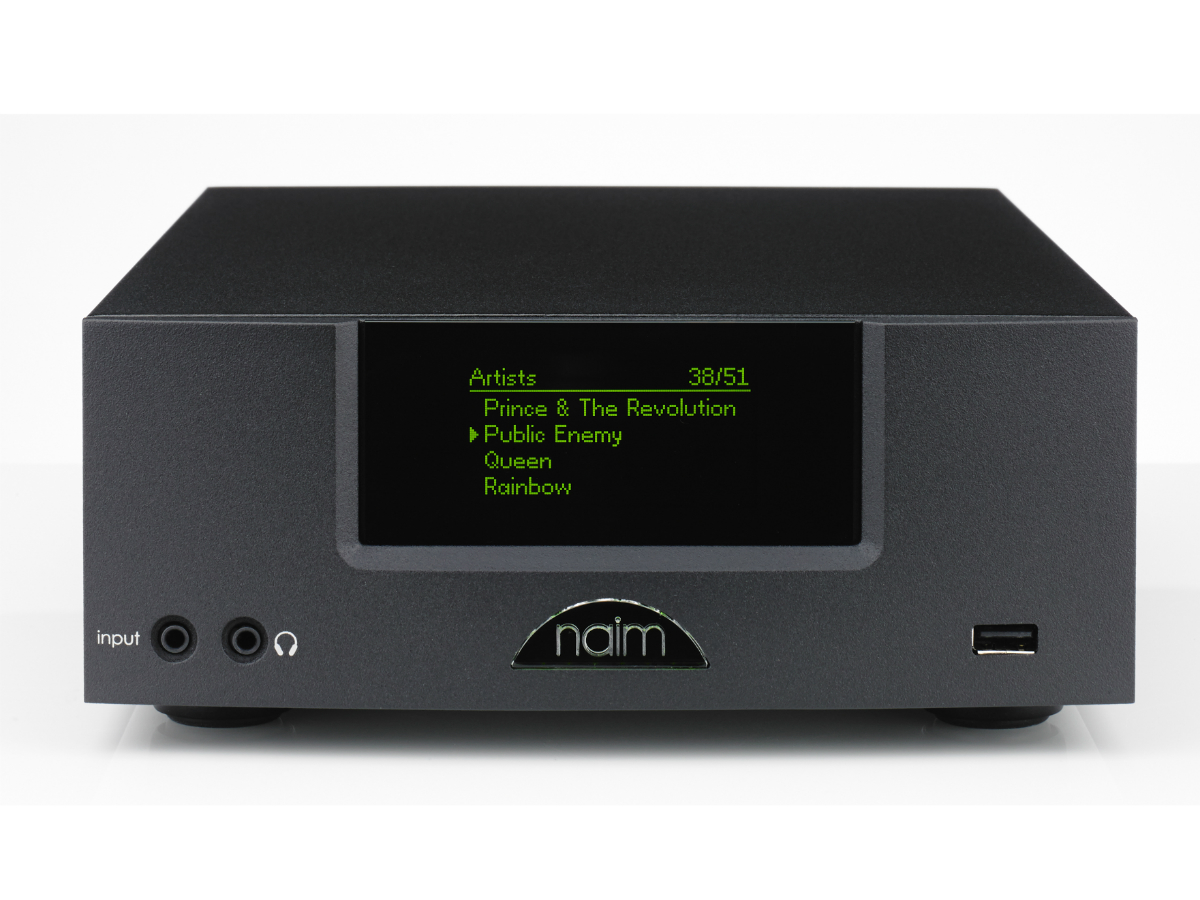One Naim insider calls this one-box music machine as “a gateway drug.” In reality, it’s unlikely that it’ll be able to compete with Bose and B&O on their own turf, given both businesses – particularly the latter – invest so much of the retail price in advertising. Bose’s name is well-known, but Naim’s is not. However, that may be missing the point, since Naim expects non-audiophile buyers to become attracted in its brand as a result of the Mu-high so’s quality. It is hoped that some of them will purchase a complete Naim hi-fi system and become bound into the Naim upgrade chain. Over a long period of time, that’s a lot of repeat sales…
So the Mu-so is a high-end consumer music system that is likely to sell significantly more than Naim’s specialty hi-fi but not quite as much as the Bose Wave. Of course, it outperforms the latter in every way, and it’s a steal for £895 for a single-box setup. It will never be able to replace a Naim separates hi-fi system, but if it can get a few people interested in the full strength Heisenberg hi-fi formula, then it has done its job!
The outer case is gorgeous brushed metal (it feels like stroking a DeLorean motor car), and the inside is loaded with circuitry, including a complex volume control that links to a top-mounted rotary knob with swish light show and touch-sensitive panel. It’s an active design, with each channel fed by a 32-bit Cirrus logic CS47024 DSP, and six STMicroelectronics TA516B/STA311B 75W Class D modules to save space, power, and heat.
It has a great uPnP streamer, as well as aptX Bluetooth and a single TOSLINK digital input, as you’d expect from a firm with so much invested in streaming. There’s also a USB port on the side that connects it to the rest of the Apple ecosystem — it can play music digitally from an iDevice and manage Wi-Fi network settings, as well as offering Airplay. There’s a downloadable software for controlling the Mu-so, and it turns out that it’s a lot better than the unit’s rudimentary controls. Finally, for those trapped in the 1970s, there’s a 3.5mm analogue input that runs through an A-D converter to the DSP brain. Oh, and don’t hold your breath while hunting for the DIN sockets, despite the fact that it’s a Naim!
The Mu-so is a gorgeous device, but it falls short of the stratospheric heights of Jacob Jensen-era B&O aesthetic and ergonomic perfection. Nonetheless, the finish quality of this Chinese-made gadget is excellent, and it does not feel like a toy. It’s pretty large, measuring 628x120x256mm and weighing a whopping 13kg; it should ideally be placed on a coffee table or a shelf. Its built-in DSP offers a preset to lessen room boom, as well as a built-in loudness control to, erm, restore it! It sits atop a translucent acrylic base that lights up in a fashionable way, and it features ‘handles’ on either side that aren’t actually handles, according to Naim! The standard speaker grille is black, but you can upgrade to blue, orange, or red for an extra £69.95 each.
For a one-boxer, the Mu-so sounds fantastic. It’s not quite as nice as a proper hi-fi system, but it’s light years ahead of the garbage you’d expect from most single-box systems, whether costly or not. It’s actually powerful, punchy, and energetic; it’s transparent enough to highlight differences in records and/or recording quality of the music it plays, and it fills a medium-sized room well. It’s a touch boomy for my tastes (in my room, it seemed like there was a response hump about 120Hz), but as you move it away from the back walls, it gets better. It can deliver volume levels that would cause a Bose Wave to spontaneously explode – or at least that’s how it seems. The treble is sharp, the mids are detailed, and the bass end is robust and powerful. There’s not a lot of low bass, but what do you expect from a box this size?
In conclusion, the new Mu-so is a fantastic product. It will undoubtedly find its way into many homes, with discriminating middle-class men praising the sound and wondering if their wives will ever let them to buy a full-sized hi-fi like they did at university. It does no harm to Naim’s reputation, and it’s a courageous move given the potential harm it could have caused if it hadn’t been so fully correct. It quickly becomes tough to live without as an addicted companion for people living the twenty-first century wireless music dream. Walter White would almost certainly have purchased one to listen to his old Eagles records on, but son Flynn would have quickly synced it to his Samsung smartphone and been blaring Nine Inch Nails all day!



